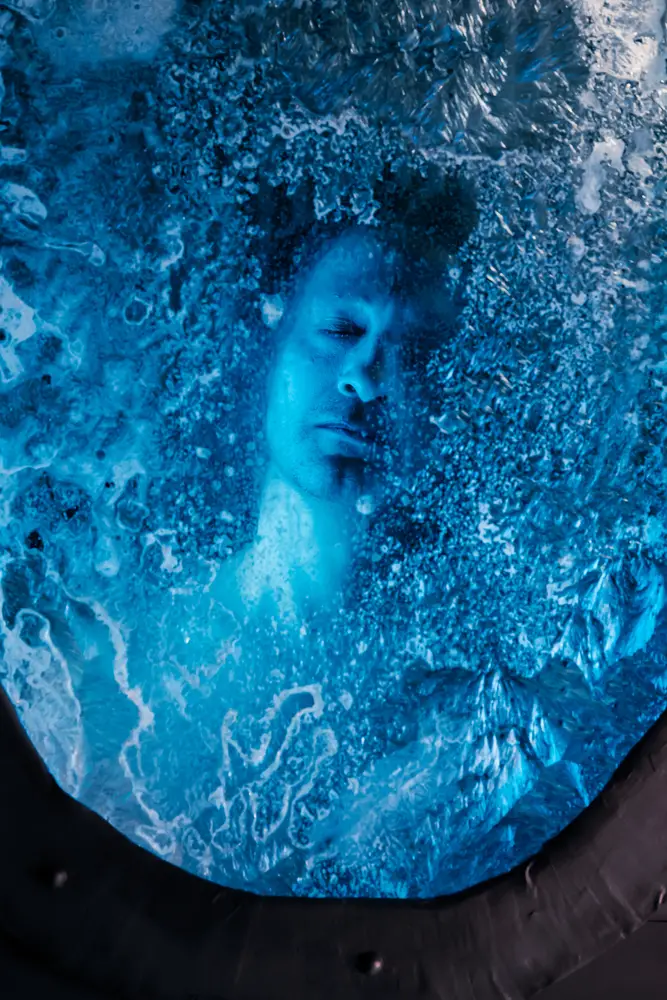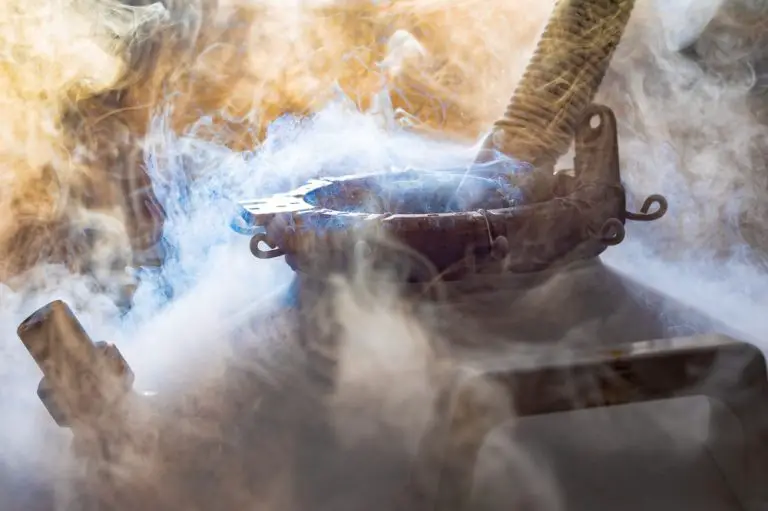Cryonics, the practice of freezing human bodies in hopes of revival, has a history filled with both ambition and missteps. Beginning in the 1960s, this process involves cooling and preserving bodies with cryoprotectants soon after clinical death. These substances aim to prevent ice formation and protect the brain and organs during storage in liquid nitrogen. One of the early pioneers, Robert Nelson, attempted freezing patients on dry ice before switching to liquid nitrogen, storing them in underground capsules. However, lack of funds and equipment failures led to tragic outcomes, with many bodies being thawed and decomposing due to financial constraints or facility mishaps.
Of those frozen before 1973, only one body—Dr. James Bedford’s, who was frozen in 1967—remains preserved. This failure rate and the disturbing details have shocked many, with reactions on Reddit ranging from disbelief to dark humor. One commenter likened the situation to “freezer burn” on frozen food, while others noted the futility of spending massive amounts on an unproven procedure.

Despite its pseudoscientific reputation and uncertain success, cryonics continues to draw interest. Recently, a man in Sydney spent $112,000 to have his body cryogenically frozen, hoping future advancements in science may one day make resurrection possible. While the prospects of reanimation remain firmly in the realm of science fiction, the hope for some is that technology will eventually catch up with their frozen dreams.




